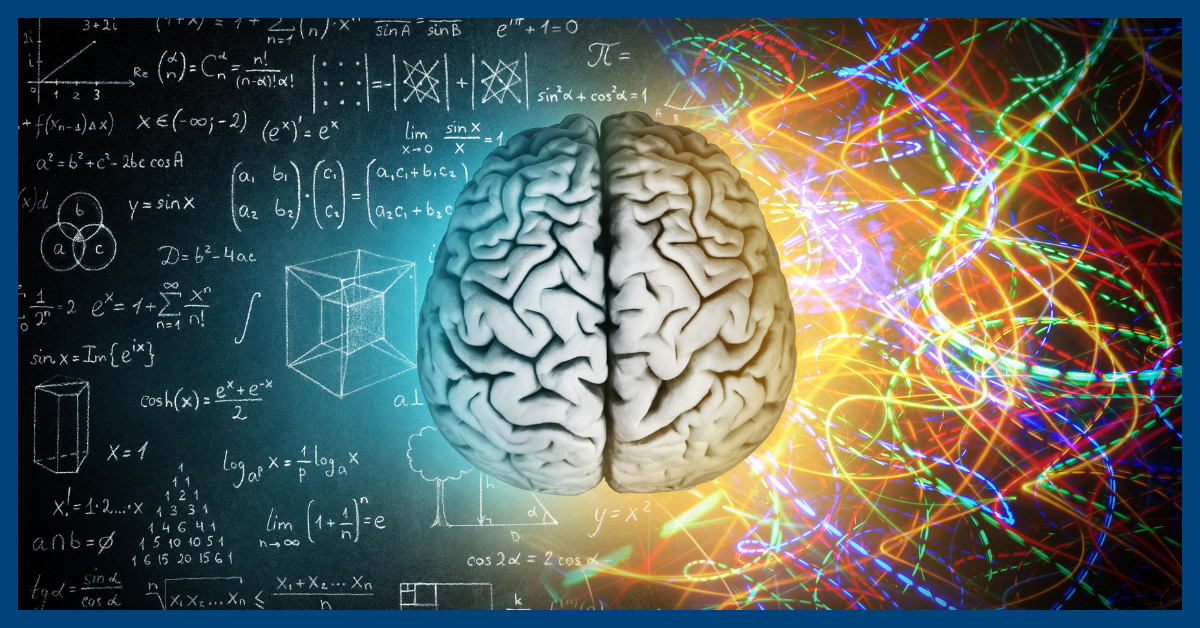Debunking Neuromyths in Nuclear Training: Insights from Neuroscience
Dispelling More Neuromyths: Neuroscience in Education
Back in January I wrote a blog to compliment my presentation at CONTE 2023 on neuromyths in education. It is always a popular topic of conversation, so I thought I would write again to dispel a few more. As explained in January, a neuromyth is an oversimplification or false claim about the capacity and/or function of the human brain. What is of concern to learning scientists and enlightened educators is the perpetuation of these inaccuracies and misconceptions that often intertwine with scientific facts, leading to perplexity and confusion. Educators shaping the future of nuclear workforce development should be able to discern the difference between popular beliefs and evidence-based knowledge.
Left-brained People Are Logical, Right-Brained People Are Creative. FALSE
The brain is a marvel of interconnectedness, among other things. Certain functions might be localized, such as the prefrontal cortex for short-term memory and consciousness, or the hippocampus and amygdala for long-term memory and emotional response. Creativity and logic, though, involve complex networks that span the entirety of the brain. Encouraging critical thinking, problem solving, and metacognition turns a passive learning environment into an active experience that reinforces knowledge retention.
Attention Spans Are Getting Shorter. FALSE
Blame technology all you want, but the human attention span has not dramatically decreased. Attention is selective (you might remember from January’s blog about the multitasking neuromyth); we focus more intently on subjects of interest. Digital technologies have undoubtedly altered how we interact with and share information, but there is no significant evidence to support a shrinking attention span. Consider the last time you binge watched a captivating show or played an exciting video game. Effective teaching involves capturing attention through engaging, relevant content like interactive lessons and stimulating activities.
Male and Female Brains Function Differently. FALSE
Gender differences in learning are often overstated Every learner is unique. Individual interests and preferences vary, and these distinctions are not strictly gender based. While minor differences in male and female brains exist, they do not impact the capacity to learn. Tailoring content to the individual using a variety of methods and engaging different senses and skills while avoiding generalized stereotypes are among the best practices of effective educators.
Embracing the truths behind neuromyths enables curriculum designers, instructional technologists, and instructors to create richer, more effective learning environments. As we navigate the realms of nuclear power education, it is important to be sure we are using research and accurate knowledge to design learning environments. It is with this focus that we can empower the nuclear workforce now and in the future. Here’s to enlightening minds, shattering myths, and nurturing generations of lifelong learners.
Accelerant Solutions: Where Evidence Meets Innovation in Learning
In the realm of education and workforce development, separating fact from fiction is most important. At Accelerant Solutions, we’re driven by the science of learning. Our training and innovation offerings are crafted on a foundation of evidence-based practices. In a world of educational myths, we empower the nuclear workforce with training that’s firmly grounded in research.
Join us in shattering neuromyths and fostering a culture of evidence-based learning. Explore how Accelerant Solutions can elevate your workforce’s knowledge and skills with our innovative solutions.



